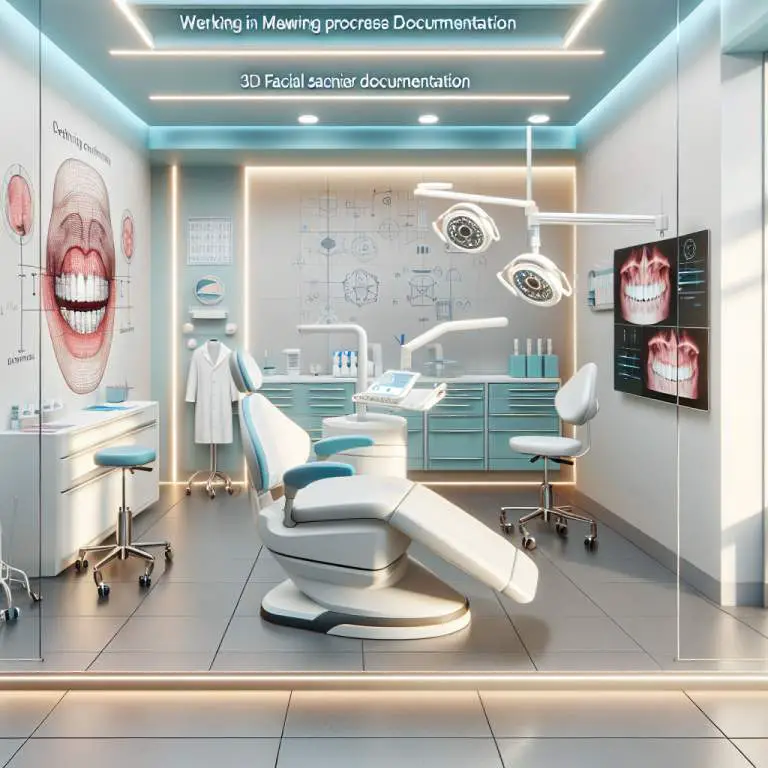Can mewing results be enhanced with other facial exercises?
Yes, mewing results can be enhanced with other facial exercises. Adding exercises like jaw clenching, chin lifts, and cheek puffs can strengthen the muscles around your jaw and cheeks. This combination helps improve facial structure and definition more effectively than mewing alone.

How does mewing work to reshape the face?
Mewing is a technique that involves positioning your tongue against the roof of your mouth. This position is supposed to be held as often as possible during the day. The idea behind mewing is that it can help change the shape of your face over time by applying gentle pressure.
This technique was developed by Dr. John Mew, who believed that proper tongue posture could lead to a more defined jawline, better breathing, and overall improved facial structure. By keeping the tongue pressed up, it’s thought to encourage the bones in the face to grow in a certain way, leading to aesthetic improvements.
What are the primary benefits of mewing?
One of the main benefits people look for from mewing is an enhanced jawline. Many believe that by practicing this technique regularly, they can achieve a sharper and more defined jaw. Additionally, mewing is said to improve facial symmetry, making features appear more balanced.
Beyond cosmetic changes, mewing may also offer health benefits such as improved breathing and better dental health. By promoting proper tongue posture, it can help open up airways and align teeth correctly over time. These potential benefits make mewing appealing not just for its aesthetic promises but for its health implications too.
Can facial exercises complement mewing, and how?
Absolutely! Facial exercises can indeed complement mewing by strengthening the muscles around your jaw and face. When you combine these exercises with mewing, you’re not just relying on bone movement; you’re also working on muscle tone which can enhance results.
These exercises typically involve movements that target specific areas of your face such as your cheeks, jawline, and even neck muscles. By doing them regularly alongside maintaining good tongue posture through mewing, you might see improvements faster because both bone structure and muscle definition are being addressed.
Which specific facial exercises can enhance mewing results?
Jaw clenching is one simple exercise where you gently bite down or clench your teeth for a few seconds before releasing. This action works out the muscles around your jawline and can make it look more defined over time when combined with consistent mewing practice.
Another effective exercise is cheek puffing which involves taking deep breaths and holding air in your cheeks before releasing it slowly. This helps tone cheek muscles and can contribute to a more sculpted facial appearance alongside regular mewing efforts.
| Exercise | Description | Frequency |
|---|---|---|
| Tongue Chew | Chewing gum using only the tongue to press it against the palate, strengthening the tongue muscles. | Daily, 10-15 minutes |
| Chin Tucks | A posture exercise that involves pulling the chin directly back to create a “double chin” to strengthen neck muscles. | Daily, 3 sets of 10 repetitions |
| Lip Seal Exercise | Maintaining a complete lip seal throughout the day to support proper jaw alignment and breathing through the nose. | All day awareness |
| Tongue Posture Practice | Practicing correct tongue posture by placing the entire tongue against the roof of the mouth, not just the tip. | Multiple times a day for consistency and habit building |
| Jawline Exercises | Exercises targeting jaw muscles, such as clenching or using tools designed for jawline enhancement. | Daily, 5-10 minutes |
| Breathing Exercises | Focused on diaphragmatic breathing to promote nasal breathing over mouth breathing. | Daily practice with mindfulness throughout the day |
| Nasal Decongestion Techniques | Methods like nasal irrigation or steam inhalation to keep nasal passages clear for effective nasal breathing. | As needed or part of daily hygiene routine |
| Smiling Exercise | Maintaining a slight smile can help engage facial muscles and support proper facial structure alignment. | Throughout the day as a habitual practice |
How often should these facial exercises be performed for optimal results?
To get the best results from facial exercises, consistency is key. It’s recommended to do them daily. Starting with a few minutes each day can make a big difference over time. As you get more comfortable, you can increase the duration.
Most experts suggest dedicating about 10 to 20 minutes per day to these exercises. This allows enough time to work on different areas of the face without overdoing it. Remember, like any form of exercise, taking rest days is also important to let your muscles recover.
Are there any risks associated with combining mewing with other facial exercises?
Combining mewing with other facial exercises is generally safe for most people. However, it’s possible to experience some discomfort or strain if the exercises are done incorrectly or too vigorously. It’s crucial to listen to your body and adjust accordingly.
If you have existing jaw or dental issues, it’s wise to consult with a healthcare professional before starting. They can provide personalized advice and ensure that you’re not putting yourself at risk of injury.
What are the signs that these exercises are working?
One of the first signs that facial exercises are working is an improvement in muscle tone and skin tightness. You might notice that your face looks more sculpted and that fine lines appear reduced. These changes can boost your confidence and encourage you to keep going.
Another sign is improved symmetry and balance in facial features. Over time, consistent practice can lead to noticeable changes in how your face looks and feels. Remember, progress takes time, so patience is key.
Final Thoughts
Incorporating facial exercises into your routine can complement mewing and enhance its benefits. By doing these exercises regularly, you’re taking steps towards improving your facial structure and overall appearance.
While there are minimal risks involved, it’s always best to proceed with caution and consult professionals if needed. Paying attention to how your body responds will help you adjust your routine for optimal results. With dedication and patience, you’ll likely see positive changes over time.







